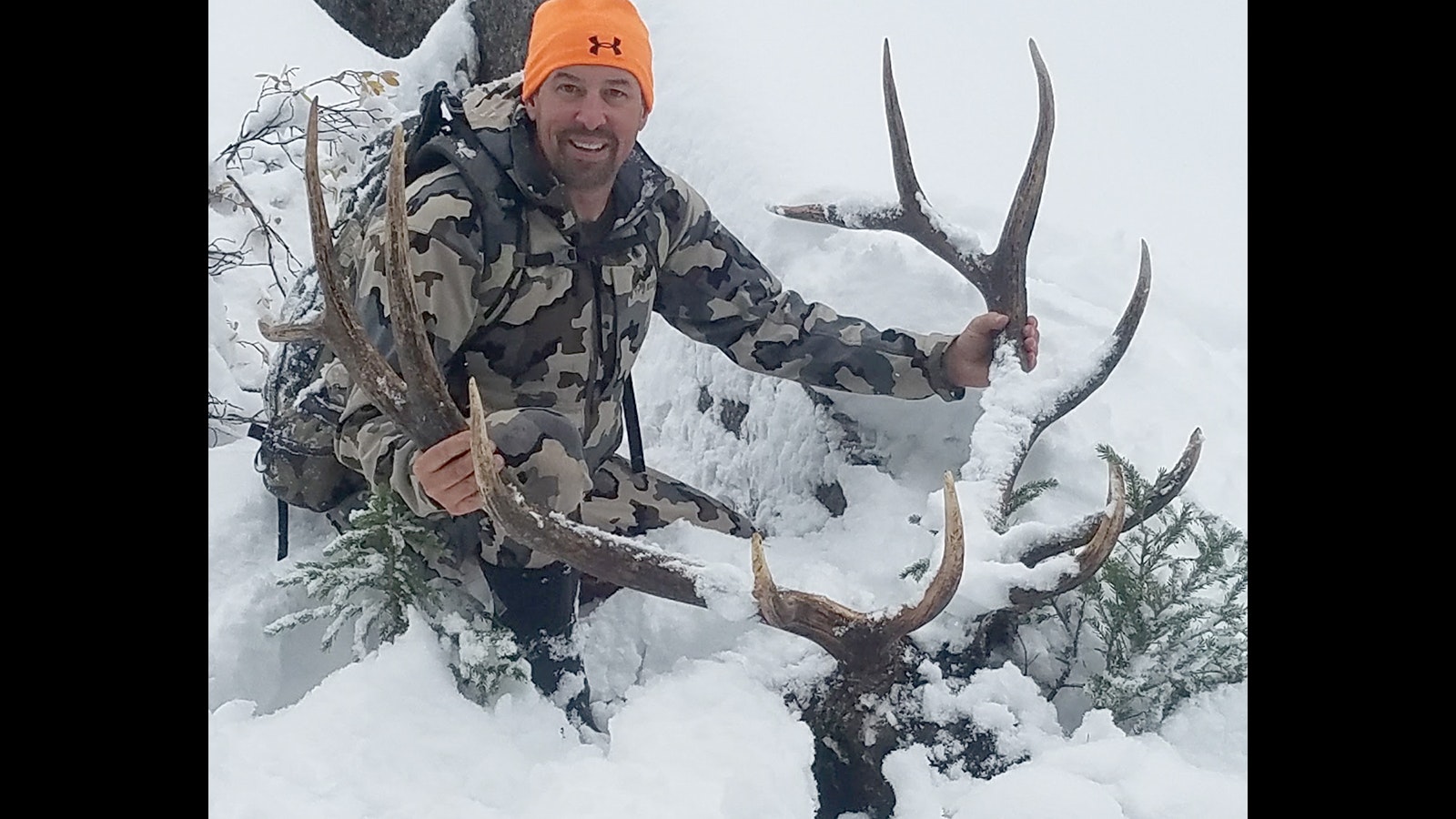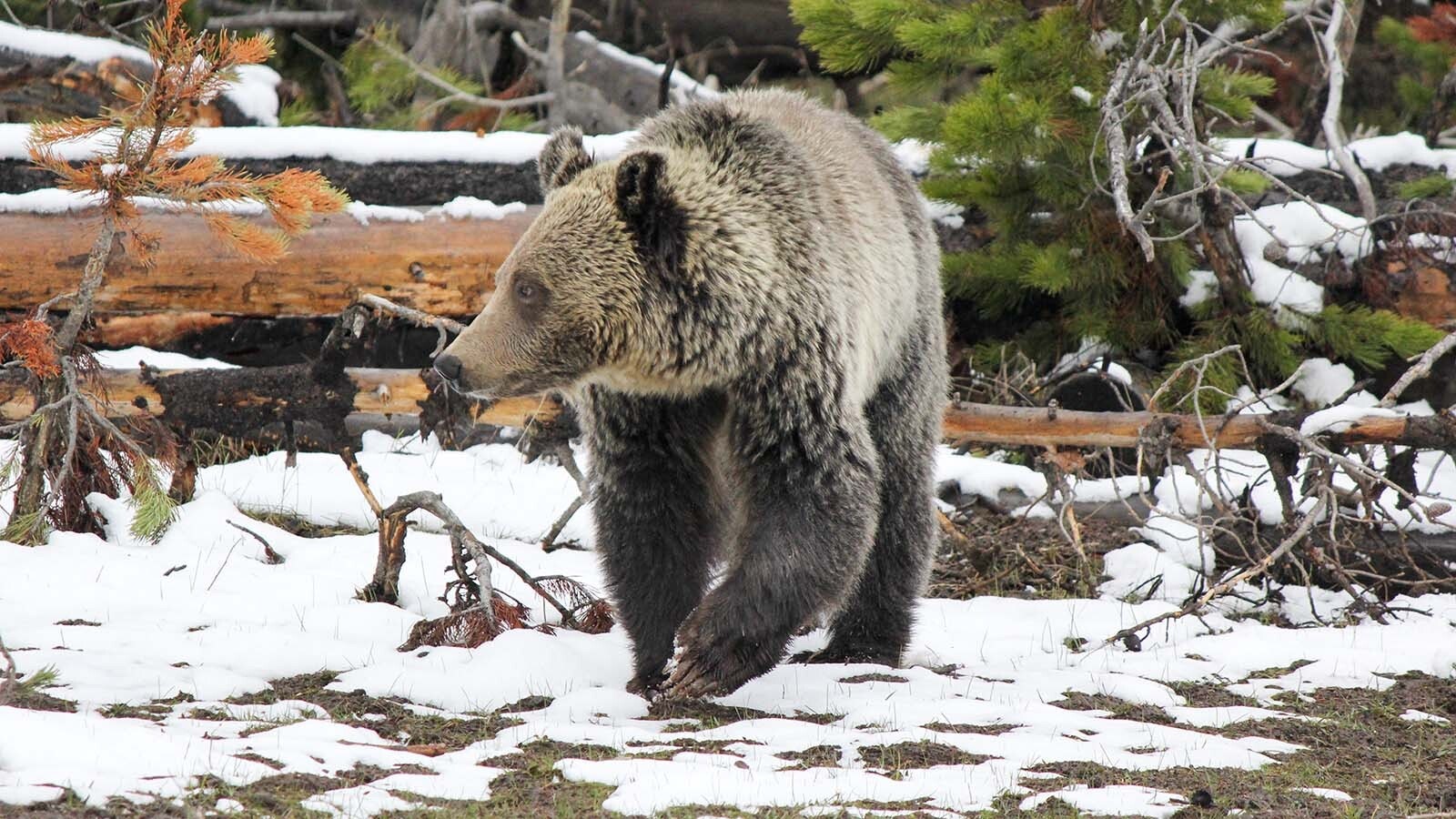Fewer hunting opportunities this fall in the wake of devastating winterkill come as no surprise to some Wyoming sportsmen who say they support the decision.
Doe and fawn antelope tags were cut across the board in some hunt areas, according to hunting season regulation proposals released this week by the Wyoming Game and Fish Department. Also included are some shortened deer hunting seasons, as well as new antler-point restrictions for buck mule deer. Game and Fish officials have said the cuts are in response to massive winterkill losses.
Elk hunting will remain largely unaffected. Elk are more likely to survive harsh winters, and Game and Fish also implemented emergency elk feeding over the winter at numerous locations across western and northwestern Wyoming.
The agency sent email alerts about the proposed regulations to hunters. It also posted information explaining the changes on its website.
The Right Thing To Do
Some prominent Wyoming sportsmen told Cowboy State Daily they think Game and Fish is doing the right thing, given that a vicious winter has killed tens of thousands of game animals.
“Overall, being cautious is the prudent thing to do,” said Sy Gilliland, president of the Wyoming Outfitters and Guides Association.
During the outfitter and guides association’s recent meeting, Game and Fish’s proposed cuts were widely supported, he said.
“I think everybody got some concerns here and there. But overall, their (Game and Fish’s) approach is conservative, and that’s where we need to be,” Gilliland said.
Avid hunter Josh Coursey agreed.
“As an advocate for sound science and prescriptions that meet management objectives, I strongly believe that it is necessary that our wildlife managers exercise great caution and be very conservative,” said Coursey, who is president and co-founder of the Muley Fanatic Foundation.
Noted Wyoming outdoorsman Paul Ulrich of Pinedale said he’s taking things a step further by opting out of some hunting this year.
“For me and my family, we’re going to forgo deer and antelope hunting this year,” he said. “It just doesn’t feel right.”
Game And Fish Commission Faces Pivotal Decision
The proposed cuts to hunting tags and seasons can’t take effect without the approval of the Wyoming Game and Fish Commission, which sets Wyoming’s hunting seasons and game tag allocations.
The commission is scheduled to meet Monday and Tuesday in the Wyoming Oil and Gas Conservation Commission Building, 2211 King Blvd. in Casper. The open session begins at 11:30 a.m. Monday. The meeting is open to the public, and there will be opportunities to comment either in-person or via Zoom.
Gilliland said it will be a pivotal meeting for the Game and Fish Commission, and he expects a lively discussion.
Cuts At ‘Ground Zero’
Sublette, Sweetwater and Carbon counties are home to world-class antelope herds and have been “ground zero” for winterkill, Gilliland said.
The proposed regulations reflect that.
For example, in antelope hunt area 62 (Carbon County) a hunting season offering 50 “any antelope” tags in the Wise Dugout Draw areas is set to be cancelled.
Elsewhere in the region, and across the state, numerous doe-fawn antelope hunts are also set to be canceled. Seasons for buck antelope would remain opened, although they would be shortened in many areas.
It’s a similar story for mule deer.
Doe and fawn tags for mule deer were rare to begin with, and they would largely be canceled altogether.
In areas where hunters are allowed to shoot mule deer bucks three-point restrictions would be widely applied. That means hunters could legally kill only bucks that have at least three points on at least one side of their antlers.
Youth deer hunts have in the past allowed hunters ages 12-17 to shoot mule deer does. Game and Fish is proposing to let them shoot only mule deer bucks, while still being allowed to shoot either buck or doe whitetail deer.
Game and Fish Director Brian Nesvik during previous “town hall” meetings about the winterkill said that it’s vital to conserve female mule deer and antelope to replenish herds. Because a single buck can breed with multiple does during mating season, losing bucks – either to winterkill or hunters, has far less of a long-term effect on herds.
Looking Ahead
Coursey agreed that it’s wise to protect the female animals that survive this winter.
“The female portion of these populations need to be safeguarded with extreme protections,” he said.
Another topic that will likely come up during the commission meeting is whether the Game and Fish should still allow general tag seasons for mule deer, he said.
“We also really need to have the frank conversations about general hunting areas and how accountability of limited quota management, like prescribed with our pronghorn, could pay dividends for our mule deer populations,” Coursey said. “I hunt general areas for deer and elk, but I have to question if, ultimately, this is, at this time, what's best for the resource and its management.”
In general tag areas, hunters may purchase hunting tags over-the-counter at any time.
For draw tag/limited quota areas, hunters must apply early – usually during the month of May – to enter a drawing for a limited number of tags for each hunt area.
All antelope hunting in Wyoming is by draw tag only, but – as Coursey mentioned – some elk and mule deer hunt areas allow general tags.
More Changes Could Happen
Nesvik said during the town hall meetings that even after the Game and Fish Commission sets the seasons, he and Gov. Mark Gordon could make “emergency” changes to hunting regulations, if the winterkill ends up being even worse than thought.
Gilliland and Coursey agreed that’s a smart move.
“I’m not sure anybody knows what the mortality was (because so many carcasses are still buried under snow), Gilliland said. “And we might not know for months.”
“While the full scope of these impacts remains to be fully known, as critters are still dying, it is very concerning.” Coursey said. “Mule Deer and pronghorn populations have taken a big hit and need all the help they can get. The effects of this winter will be felt and noticed for years.”
Gilliland said he’s thankful to see elk herds pulling through largely unscathed, and credited Game and Fish emergency feeding areas for that.
“The one bright spot is that the lion’s share of our elk came through this pretty well,” he said. “Those feed grounds are there for a reason.”
Nesvik previously said feeding works for elk because their digestive systems can easily adjust to hay, whereas the more sensitive stomachs of deer and antelope can’t.
‘Sweat Equity’
It’s been difficult for people to sit back and watch so many deer and antelope die, knowing that there was nothing they could do in the short run, Ulrich said.
In the longer term, hunters should step up and volunteer to help preserve habitat, improve wildlife migration corridors and eliminate invasive plant species that damage wildlife forage, he said.
“I see a tremendous opportunity for all of us to come together, work together and find projects that can really move the needle,” he said. “We’re itching to help. The Game and Fish, the BLM, Forest Service and our wildlife conservation groups all have projects that need some sweat equity put into them. Now is the time.”





